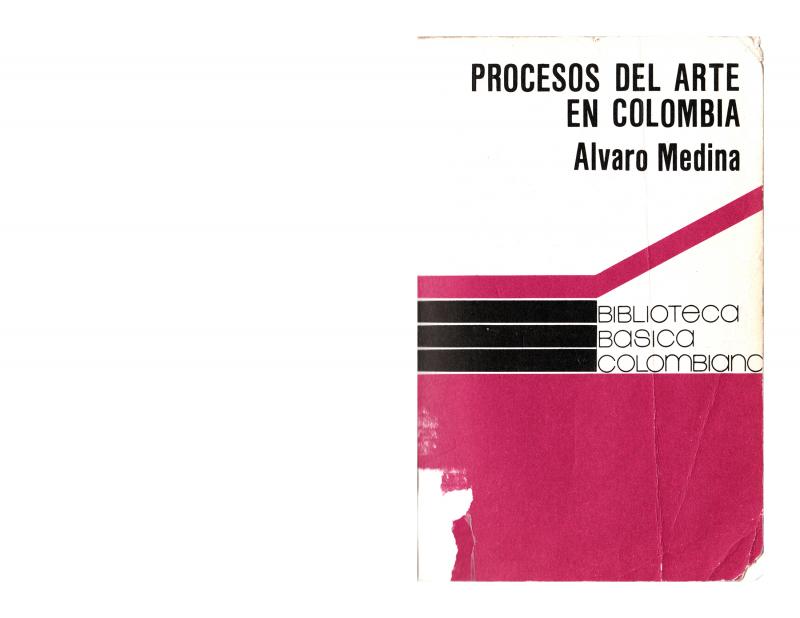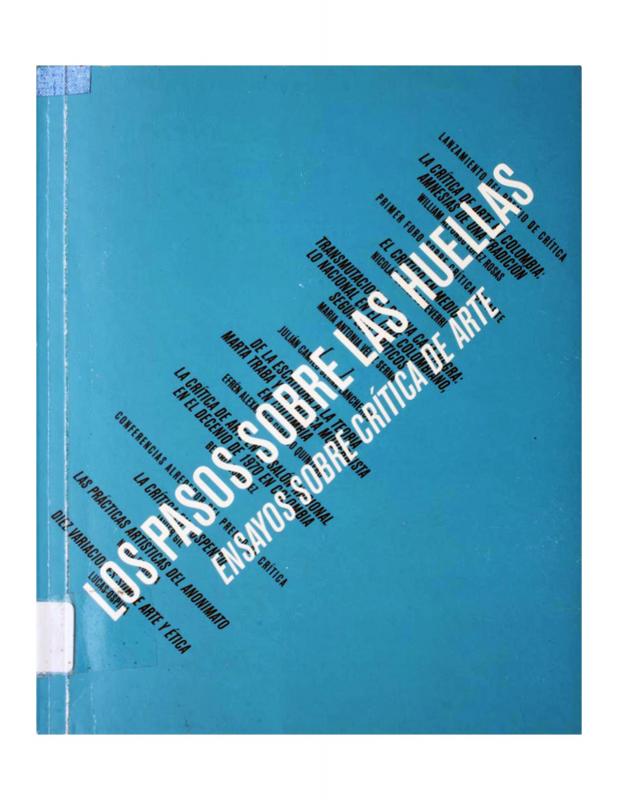This text employs the perspective of sociologist Pierre Bourdieu (1930−2002) to study the origin and consolidation of an autonomous sub-field of art in Colombia in the late 19th century. To that end, it analyzes critical discourses and the power relations they entail. After providing an inventory of the main ideas operative in the small number of historical studies of art criticism and its processes in Colombia, William López describes and discusses the polemics surrounding the Salón de Arte organized in the framework of the 1899 edition of the Exposición Nacional, specifically in relation to the positions voiced by Maximiliano Grillo (1868–1949), Epifanio Garay (1849–1903), Jacinto Albarracín, and Charles de Gouffra.
This text by López Rosas forms part of a brief corpus of research on the history of 19th-century art and art criticism in Colombia. It stands in clear and open opposition to the thesis on that period formulated by historian Álvaro Medina (b. 1942) in his book Procesos del Arte en Colombia (see doc. no. 1082796). Unlike Medina, López Rosas argues that the criticism sparked by the 1899 edition of the salon revolved around—and responded to—artistic, rather than political, concerns.
The importance of this crucial text lies in the fact that it not only represents the first attempt to take stock of the complex period it addresses, but also attempts to consider enduring processes at stake in critical thought on Colombian art.
This essay is a precedent for “La crítica de arte en Colombia: amnesias de una tradición” [doc. no. 1093851], the text that López Rosas read at the launching of the II Premio Nacional de Crítica de Arteorganized by theUniversidad de los Andes and the Ministerio de Cultura in August 2005. That text, which was later published on the website Esfera Pública, gave rise to a polemic on contemporary art criticism in Colombia.


